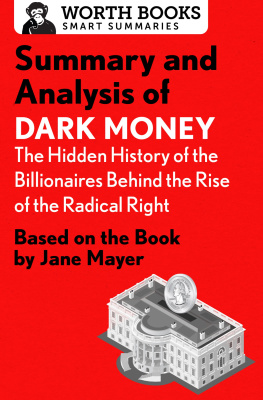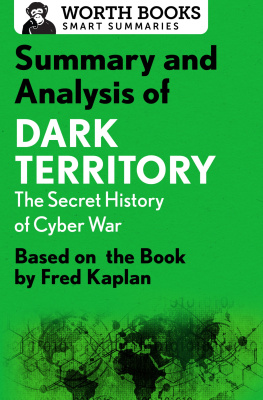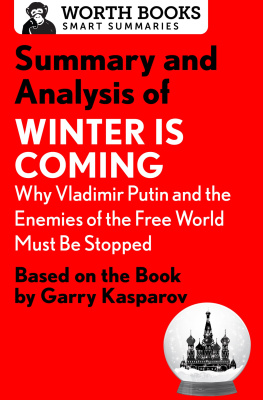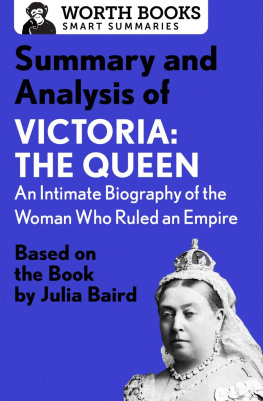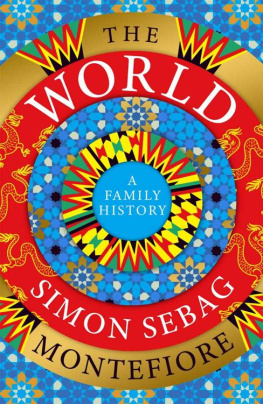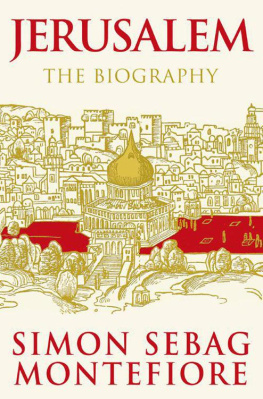The summary and analysis in this ebook are meant to complement your reading experience and bring you closer to a great work of nonfiction. This ebook is not intended as a substitute for the work that it summarizes and analyzes, and it is not authorized, approved, licensed, or endorsed by the works author or publisher. Worth Books makes no representations or warranties with respect to the accuracy or completeness of the contents of this ebook.
Contents
Context
At the height of their power, the Romanovs controlled one-sixth of the earths surface, and their rule dictated the course of Western history. There has always been a fascination with the royal dynasty of prerevolutionary Russia, with their dramatic history, conspiracy theories, lurid excesses, and the tragic accounts of their final days. From popular detective novels with plots hinging on their legendary hemophilia, to television series and films, their empire has proved to be perennially spellbinding.
The reigns of the disparate Romanov rulersfrom the 1600s to the modern industrial eraform a historical object lesson for anyone who wishes to understand the nature of power and the cult of personality: a lesson that is still applicable to global politics today.
Until the collapse of the Romanovss 304-year-long reign, research materials on the dynasty were limited; and until the fall of the Soviet Union, the country was essentially closed to interested parties. The Romanovs author, Simon Sebag Montefiore, was among the first to access diaries, letters, and other primary sources when the archives were finally made available to the public.
Overview
Montefiore begins his chronological account of the history of the Romanov family by comparing two young men: Michael Romanov in 1613, and his descendant Alexei Romanov in 1917, some three centuries later. Both were frail youths, unsuited to government, and subject to illness. Michael founded this centuries-long dynasty, and Alexeis death marked its end. In between, Montefiore looks at the rule of Romanovs from Peter the Great to Nicholas II, Alexeis father.
The Romanovs ranged from rulers who were intelligent, capable, and ruthless (Catherine and Peter) to those who were ineffectual and out of their depth (Paul and Nicholas). Most of them loved power, had sexual appetites they did not hesitate to indulge, and felt it was Gods will that they lead their country. Throughout their long reign, the family was supported and thwarted by a fascinating cast of charactersfrom bisexual transvestites to ballerina mistresses.
They interacted with some of the leading names of the day, including Queen Victoria (the grandmother of Empress Alexandra), Bismarck, and Napoleon. This one family shaped Russia, almost perpetually at war (with Ottomans, French, Germans, Swedes, Japanese, and others), and beset by conditions at home which would ultimately sow the seeds of the Russian Revolution.
By the early years of the twentieth century, Russia was racked by war, inflation, and food shortages. It finally succumbed to a populist revolution that led to the massacre of Emperor Nicholas II, Empress Alexandra, and their children. But the Romanovs have never been forgotten. Their bones are now considered holy relics: rulers in life, they were deified in death.
Summary
Introduction
The Romanovs are often considered a tragic family (six of the last tsars were murdered and eighteen Romanovs were killed in 1918), but they were also a highly successful one. They reined for 304 years, and expanded their empire until they controlled more than one-sixth of the earth. Yet, the family behind these strategic triumphs was also known for depravity, sexual appetites, and obscene excess.
The word tsar derives from Caesar, and the Romanovs ruled in the Roman manner: corruptly and arrogantly. A tiny court ran an enormous empire, and calculating the interests of both was the key to the Romanovs survival. Within the court, power could belong to a range of people, from the leader of a military victory to the lover of the empress.
The family produced two political geniuses: Peter and Catherine. Each was adept at finding talented retainers and promoting them. Stalin considered this to be Catherines greatest gift. The Romanovs ruled from the top, largely unchallenged. They supported the nobles who managed their estates and the army. The Romanovs and the aristocracy depended on the serfs, taking taxes and grain from them, and using them as soldiers in the constant wars during the Romanov rule.
Need to Know: In the Romanov Empire, the personal was political. The personality of the tsar shaped the society beneath him, and the tsars personality was shapedor warpedby the absolute power he possessed.
Prologue: Two Boys in a Time of Troubles
The story of the Romanovs begins and ends with two teenage boys, both delicate and living in a time of revolution, but 305 years apart. In 1613, sixteen-year-old Michael Romanov was awoken with the news that a delegation had arrived and he must travel to the capital and become the next tsar. More than 300 years later, Alexei and his family, who were being held prisoner by the Bolsheviks, were awoken and told they needed to move to a safer placewhere they were taken to the basement and executed, instead.
Need to Know: Michael and Alexei were part of the same political family, and both were destined to rule Russia. Michaels reluctant acceptance of the crown began the Romanov dynasty; Alexeis assassination on the orders of Lenin ended it.
Act 1: The Rise
Scene 1: The Brideshows
In 1598, Tsar Fyodor died childless. Russia began to fragment, with numerous pretenders to the throne engaged in constant conflict. Poland and Sweden took advantage of the chaos and launched attacks against the country. Battles and famine drastically reduced the population.
Russia was unstable and desperate for a ruler. An assembly met to review the possibilities. Sixteen-year-old Michael Romanov, frail and sickly, appealed to several groups in part because he was young and thought to be unintelligent and easy to influence and because he didnt have any personal enemies. His bloodline was also a factor. Michaels great-aunt, Anastasia, was the first wife of Tsar Ivan the Terrible and mother to Tsar Fyodor. Anastasia had emerged from the contest of the brideshow: 500 noble virgins were summoned from across the realm for Ivans inspection.
Michaels father was out of the running when, years before, he was forced to become a priestpreventing him from ever becoming tsar. So it was decided. Michael was successfully crowned in 1613, but, being placid and not very wise, he was not ruler material. Still, he recognized the peoples need for the magnificent court they were used to. He gathered a number of noble families to rebuild it, rewarding them with land grants. His military went on an effective campaign against international foes, such as the Poles.








